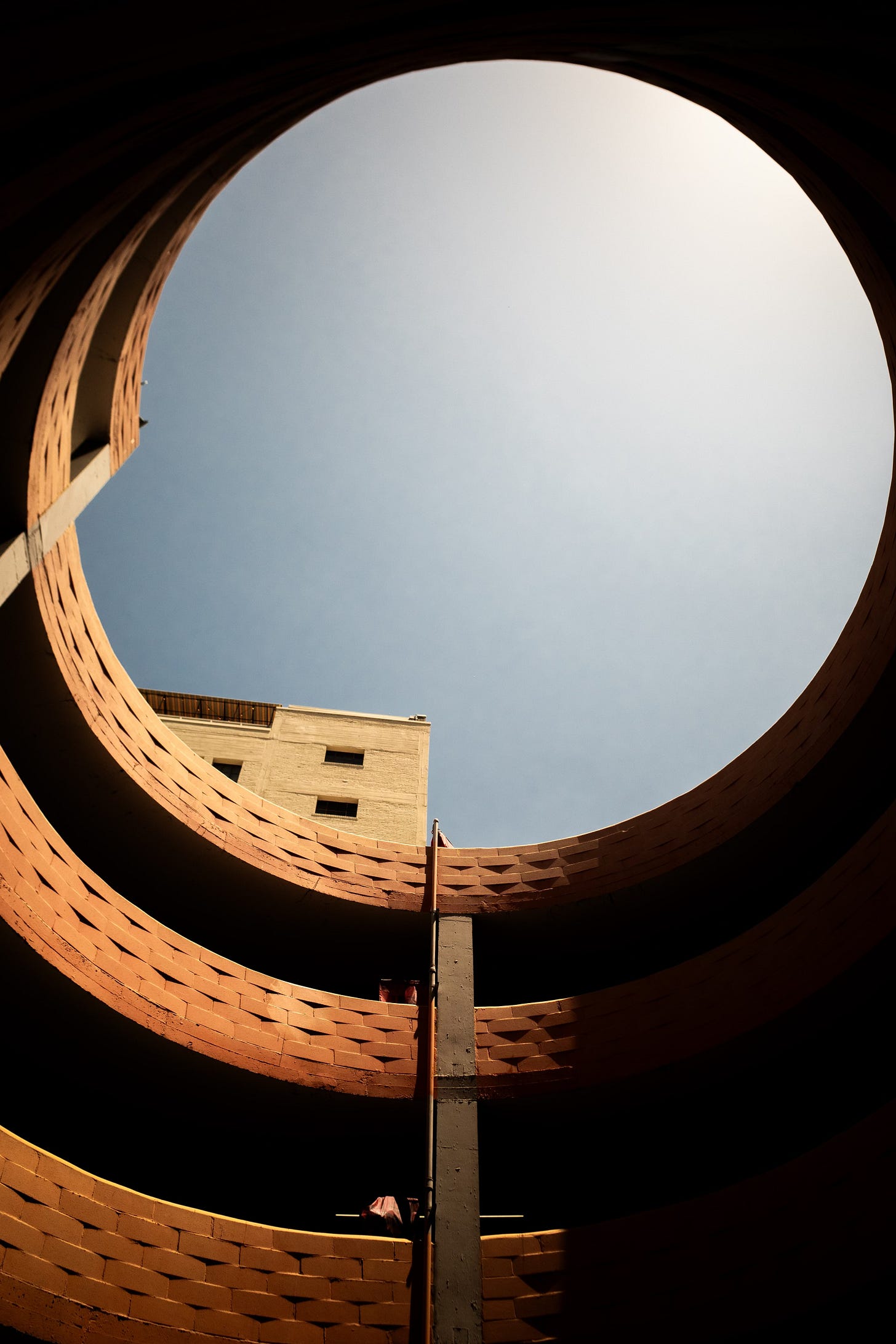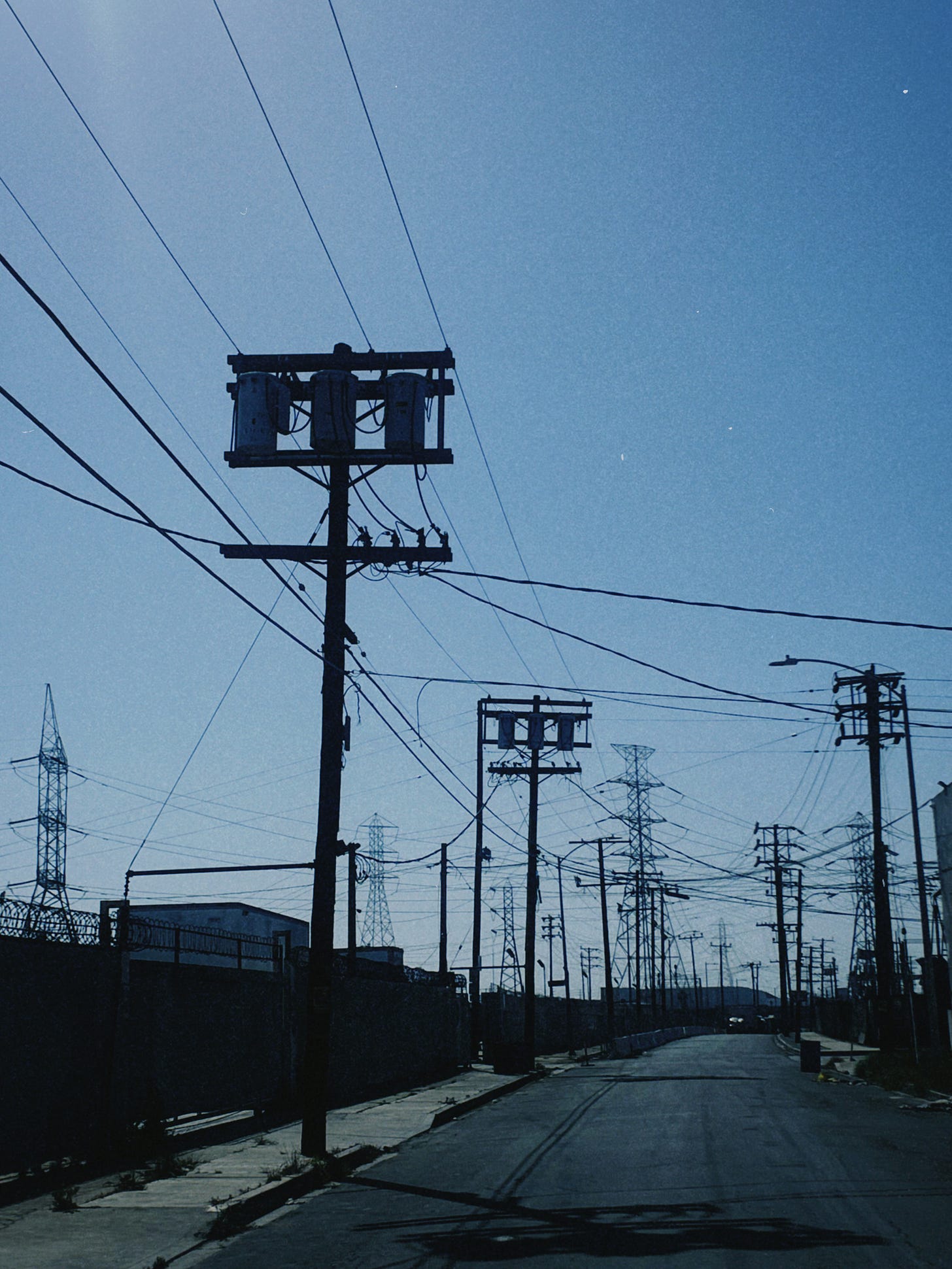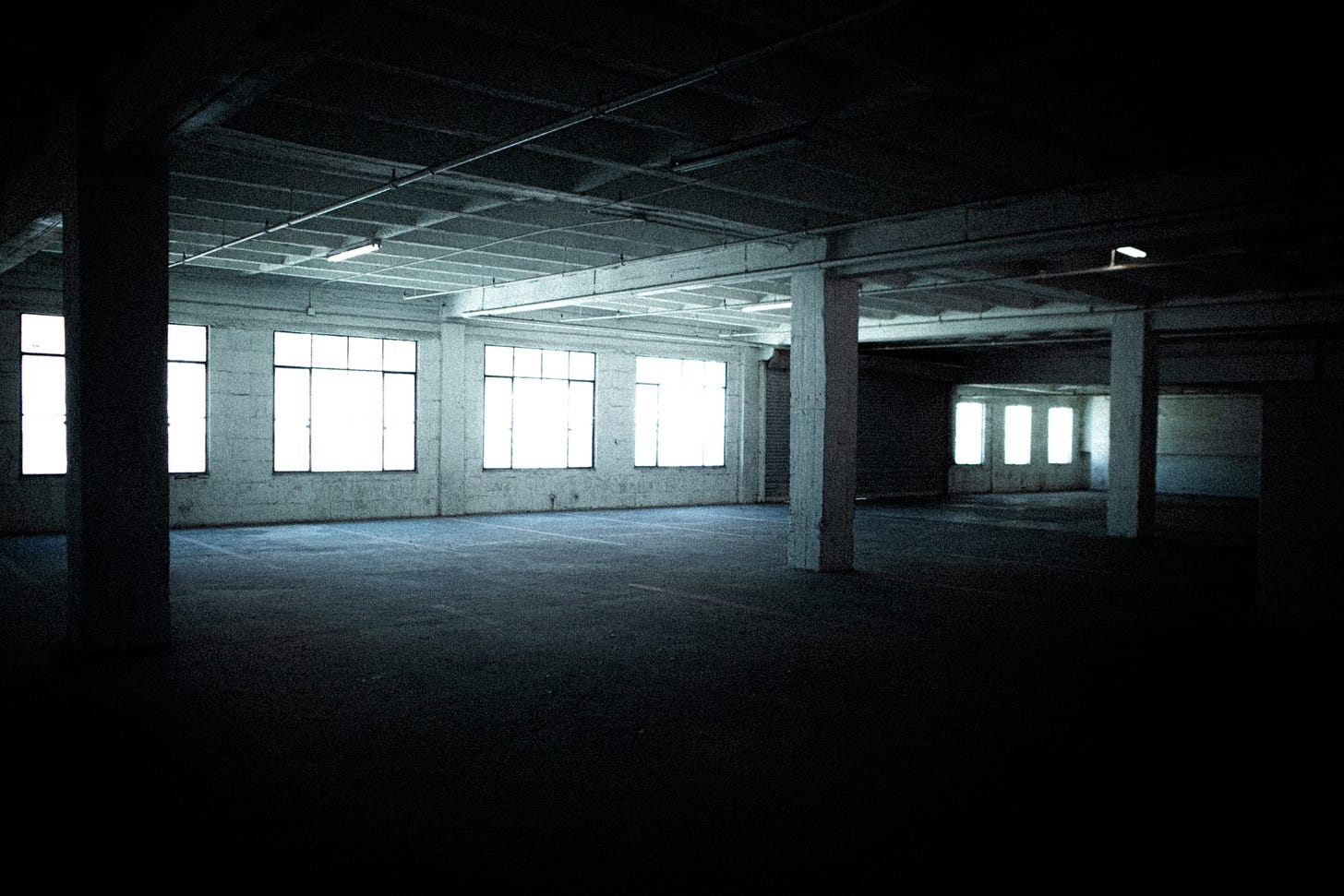The Art of Saying 'No': Lessons from Pulling the Plug on a Commercial Project
I just canceled a 16mm film commercial, because "it didn't feel right" anymore and it's about that feeling. Here's what happened and how it can help you.
As creatives, we often juggle the thrill of new projects with the weight of making tough decisions. Recently, I faced a challenging choice that led me to pull out of a commercial project. It wasn’t an easy decision, but it was a necessary one for my personal integrity and professional standards. I want to share this experience, hoping it might guide you in your creative journeys. Sometimes you have to pull the plug and have faith in your own talents, the universe helping you, and that life will present bigger opportunities.
Wait, how could I cancel a shoot as a freelancer?
I’m a director for this project (and you can add to that, executive producer because I’d be paying for half of it) and I was doing it with my friend who is a DP. Together we wanted to build a commercial for our reels. The goal was a fashion/real life spot filmed on 16mm and something relatable for our market of Los Angeles. That brought us to skateboarding and a Levi’s spot.
We played with idea after idea until we settled on the “Levi’s” shoot with a skateboarder. We looked at locations, references, talent, lighting setups, clothes, stylists, modeling agencies, etc…
As a member that paid to fund the commercial, I had the power to pull the plug. The other person may self-fund or find a new partner but the creative would change and it’s a new creative spot.
When to Draw the Line:
The project started with excitement and potential. We had a modest budget, which meant making compromises—normal in our line of work and part of the collaborative process. However, as the project evolved, the clarity of roles began to blur. I noticed direction coming from multiple angles, not just from me, the director. The same happened with other key roles like the Director of Photography (DP). This chaos is where my gut started signaling trouble.
The more we planned, the more the ideas started to go from 50/50 to, 49/51. Then it went to 45/55 and by the time I pulled the plug, it felt like it was 35/65 percent favoring his portfolio over mine. As we got closer to the date, I knew that number may shift more towards the other team member.
In fact, once I felt it was 60% his portfolio and 40% mine, I started to hear statements like “Well I don’t want that because ______” and “This won’t benefit my portfolio and I want to do this ________” - which is fine! However I started to hear WE and US far less and I heard ME and MINE more frequently. In an attempt to save my sanity and to cut our losses, I pulled the plug.
On a set the ideas rarely, if ever, tricke up. The director/photographer will speak with their DP or lighting and say what the idea is. Witin the parameters of that creative idea, they will insert their ideas. Then they will turn to the next-in-line and speak to the gaffer or steadicam and say what’s needed. Those people will turn to the production assistants and ask for assistance. It must move in a train chain or it won’t work.
In fact as the director (or photographer) on a shoot, the vision comes from YOU. The vision trickles down from the client/creative to the director and then it trickles down to the other departments.
Pausing to Reflect:
Recognizing when to pause and reassess is essential. As we pushed forward, the budget stretched, and I could feel frustration coming up more and more. It became clear that continuing in disarray would compromise not only the quality of the work but also our mental well-being. I proposed we pause the project to rethink our foundation—a tough call, but a pivotal one. In fact the exact words were:
“…let’s pause for a moment until we cast the perfect skateboarder and figure out a creative that benefits both of our portfolios”
The Right Decision:
Deciding to halt the project was not about deeming anyone’s contribution less valuable. The team was talented, and I look forward to future collaborations under better circumstances. However, at that moment, the project was steering away from excellence.
Remember, your brand and legacy are shaped not just by the projects you accept but by those you reject. After we agreed to pause and revisit the project later, I felt an immediate sense of relief—my cue that it was the right decision. The tightness in my chest…gone. The anxiety…gone. Now about 4 days since that decision - I feel the same way.

Embrace Your Instincts:
This experience reinforced a critical lesson: trust your instincts. As directors, photographers, or creatives in general, we must not only create but also protect the integrity of our creations. It’s not about filling quotas or checking boxes; it’s about producing work that feels right and true to our vision.
Conclusion:
I share this story to empower you to recognize when a pause or a full stop is necessary in your projects. It’s okay to take a step back and evaluate. It’s more than okay—it’s often what sets the stage for greater success in the future. Let's create with purpose, passion, and when needed, the courage to say "no." In an Ai world, it’s this type of maneuvering that will help you stand out. Your work will contain more humanity and that’s a beautiful thing. I hope this helps you make a brave decision easier and more comforting. - Walid








When I started to read this, I wasn’t sure what tone it would have or what would be the “drama” behind taking this decision. But I must applaud you Walid for putting the situation in such articulate and -what appears to be- fair words. It is lovely to have someone to look up to in the industry who keeps reminding us to trust our instincts, make smart career choices, be respectful towards others, not gatekeep information and believe in ourselves. Thank you for all what you do. Know that it does make a significant change in other people’s lives (at least it does in mine!)